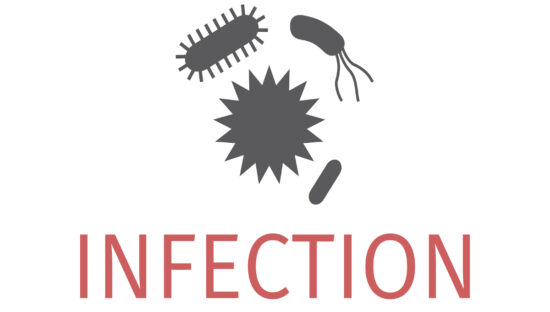Campylobacter cases continued to rise in Ireland, but Listeria and Salmonella rates were stable, according to recently released data.
Figures come from a report published by the Health Protection Surveillance Centre (HPSC) that includes foodborne illnesses in the second quarter of this year.
There were higher rates in April to June for campylobacteriosis, hepatitis A and E, and Shiga toxin-producing E. coli (STEC) compared to the same period in 2024.
Campylobacteriosis notification rates continued to increase. Hepatitis A cases were high at 21 when compared to the same period in recent years. There were a few cases linked to a national outbreak, which has 18 confirmed infections. A foodborne source was suspected.
Notifications of listeriosis, salmonellosis, and norovirus remained largely unchanged in the second quarter of 2025, compared to the second quarter (Q2) of 2024.
Listeria and E. coli
Listeria infections went up when compared to Q1 2025. This was largely due to a national outbreak with nine people sick and one death linked to ready meals produced by Ballymaguire Foods.
Seven cases of listeriosis were notified in Q2 2025. Six were adult or child cases and there was one pregnancy associated case that led to a stillbirth. Four illnesses linked to the outbreak were reported during the quarter.
A total of 282 E. coli cases were recorded in Q2 2025, up from 254 in Q2 2024, and 107 people were hospitalized. There were eight cases of hemolytic uremic syndrome (HUS), a type of kidney disease that sometimes leads to death.
Fifty-five people were sickened in 21 outbreaks. Transmission was reported as foodborne for one outbreak with two people ill. Irish authorities are also dealing with a foodborne E. coli outbreak that has sickened at least 23 people.
The most common serogroups among culture confirmed cases in Q2 2025 were O26 with 101 cases, O157 on 22 occasions, and O182 15 times.
Salmonella and Campylobacter
For Salmonella, 94 cases were recorded, which is the same as Q2 2024.
In 87 cases where travel history was known, 55 percent were domestically acquired, and 45 percent were travel-associated. Infection with Salmonella Typhimurium was more common than Salmonella Enteritidis among domestic cases, while it was the other way around among travel-associated cases.
Two outbreaks with four people sick were reported. The transmission route was reported as person-to-person and animal contact for one and was not known for the other.
A total of 1,449 cases of Campylobacteriosis were noted in Q2 2025, up from 1,320 in Q2 2024. Fifteen percent of cases were less than the age of 5.
There were two outbreaks with four cases. Both were family outbreaks, and the transmission route was reported as person to person. HPSC said the notification procedure for Campylobacteriosis changed at the beginning of 2025.
Cryptosporidiosis cases fell from 349 in Q2 2024 to 264. There were 14 outbreaks. One occurred in a petting farm location with four people ill. The transmission route was animal contact. Another outbreak was in a hotel with three people ill and the transmission route was person to person.
Overall, 28 cases of Hepatitis E were notified in Q2 2025, a jump from six cases in Q2 2024, however 13 were late notifications. All cases were in adults aged between 20 and 85, while 61 percent were male and 39 percent were female.
(To sign up for a free subscription to Food Safety News, click here)



